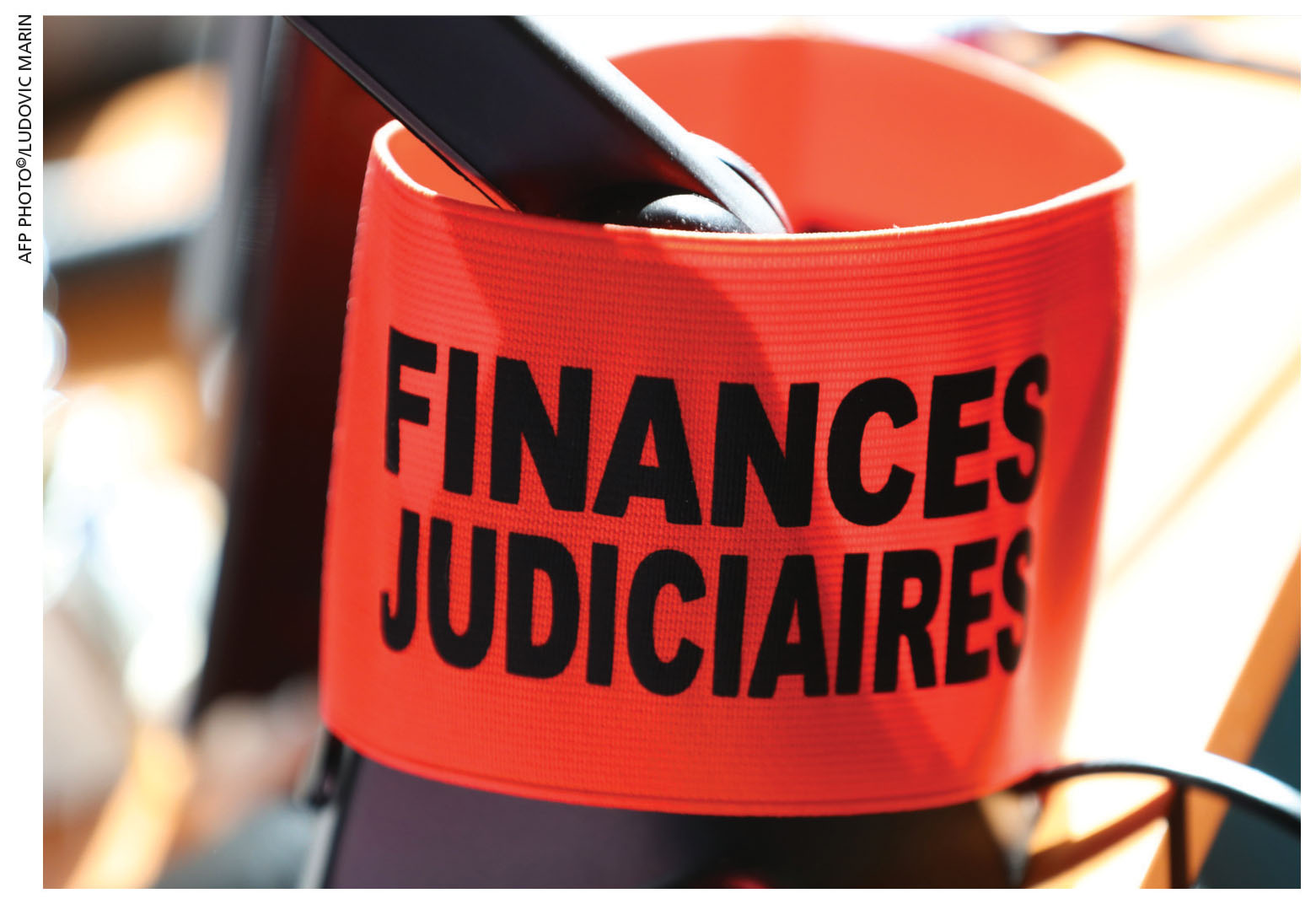TAX REFORM
MENACING MISCALCULATIONS
Fazmina Imamudeen explores the impact of tax cuts and hikes in Sri Lanka
As the BBC reported, political economist Prof. Mick Moore called the current economic crisis in Sri Lanka “the worst case of a tragedy caused by human action.”
This decline began years ago but it reached its apogee in 2019 when voters believed that a large tax cut would alleviate their hardships. Gotabaya Rajapaksa was the presidential candidate proffered by the Sri Lanka Podujana Peramuna (SLPP) and he promised massive tax cuts if he was elected to lead the nation. This promise was made even as government agencies were fighting to balance their budgets amidst economic challenges.
The SLPP’s manifesto titled Ten Principles of Inclusive Governance, stated that the current tax structure had led to the collapse of the home sector by discouraging domestic entrepreneurs. Instead, a tax structure would be implemented to encourage domestic manufacture. It’s now very clear that these irresponsible tax policies have been detrimental to the economy of Sri Lanka.
Many argue that we need to roll the clock back to how things were, financially speaking, before 2020, because the tax cuts passed in 2019 have been blamed for prolonging the present economic slowdown.
The 2019 tax cuts were implemented in stages with some taxes being repealed, tax rates reduced and new exemptions added to boost long-term economic growth through consumer spending. Unfortunately, the COVID-19 pandemic struck two months after the tax cuts went into effect, and decreased taxpayers’ earnings, spending power and revenue possibilities that had been anticipated by the government.
Combined effects of the tax cuts and the pandemic eventually resulted in a staggering reduction in revenue generated by the Inland Revenue Department.
With effect from December 2019, the value added tax (VAT) rate was decreased from 15 percent to eight percent on imports, and the supply of products and services. While this was applied across the board, a month later, a significant modification to the registration threshold was effected.
Like VAT, the income tax system was overhauled by introducing new exemptions, lowering rates, raising thresholds and making significant alterations to tax deductions at the point of collection. Furthermore, a slew of tax breaks was extended to foreign currency income.
Pay as you earn (PAYE) tax, often known as withholding tax on wages, was required under the law up until 2020. When the limit was increased to Rs. 3 million, PAYE was no longer in effect.
There was a decline of one million taxpayers between 2020 and 2022 due to these tax reforms. And there was no way for a country with a direct tax revenue comprising only two percent of GDP to absorb such a significant decline.
Loss of income due to taxation, and the failure to detect and restructure the mounting debt sooner have contributed to the current crisis as much as global economic pressures associated with the pandemic and geopolitical conflicts have done. What has unfolded is the narrative of a country that has got itself into a bind because of politically inept and risky decisions.
However, the plot takes an unexpected turn as the year 2022 draws to a close. The interim budget entails the restoration of most taxes that had been repealed earlier. Nevertheless, present day realities are very different from those of the past.
As was the case before 2019, the monthly income threshold that is not taxed remains at Rs. 100,000. But we have since seen a 44.3 percent drop in the value of the Sri Lankan Rupee against the US Dollar. In monetary terms, this is a decline of more than 50 percent. What used to cost Rs. 50,000 now costs around 100,000 rupees.
In contrast to the rate of 24 percent that was in effect in 2019, the highest marginal rate is now 36 percent. The corporate tax rate has been raised to 30 percent. Brain drain alarms are blaring! And what’s more, VAT has almost doubled from eight percent to 15 percent, adding a greater burden on weary Sri Lankans.
There is no escaping the fact that tax increases are necessary despite how unpleasant that reality may be. Printing more money or taking on more debt would be far worse for Sri Lanka’s economy than raising taxes.
Simply put, Sri Lanka is now stuck between a rock and a hard place. Since the situation will be far worse if taxes aren’t implemented, we have to keep our fingers crossed and hope that there will be a lifeline extended to us soon. However, we mustn’t lose sight of the fact that ignorance and short-sighted policies lie at the root of the current crisis.





